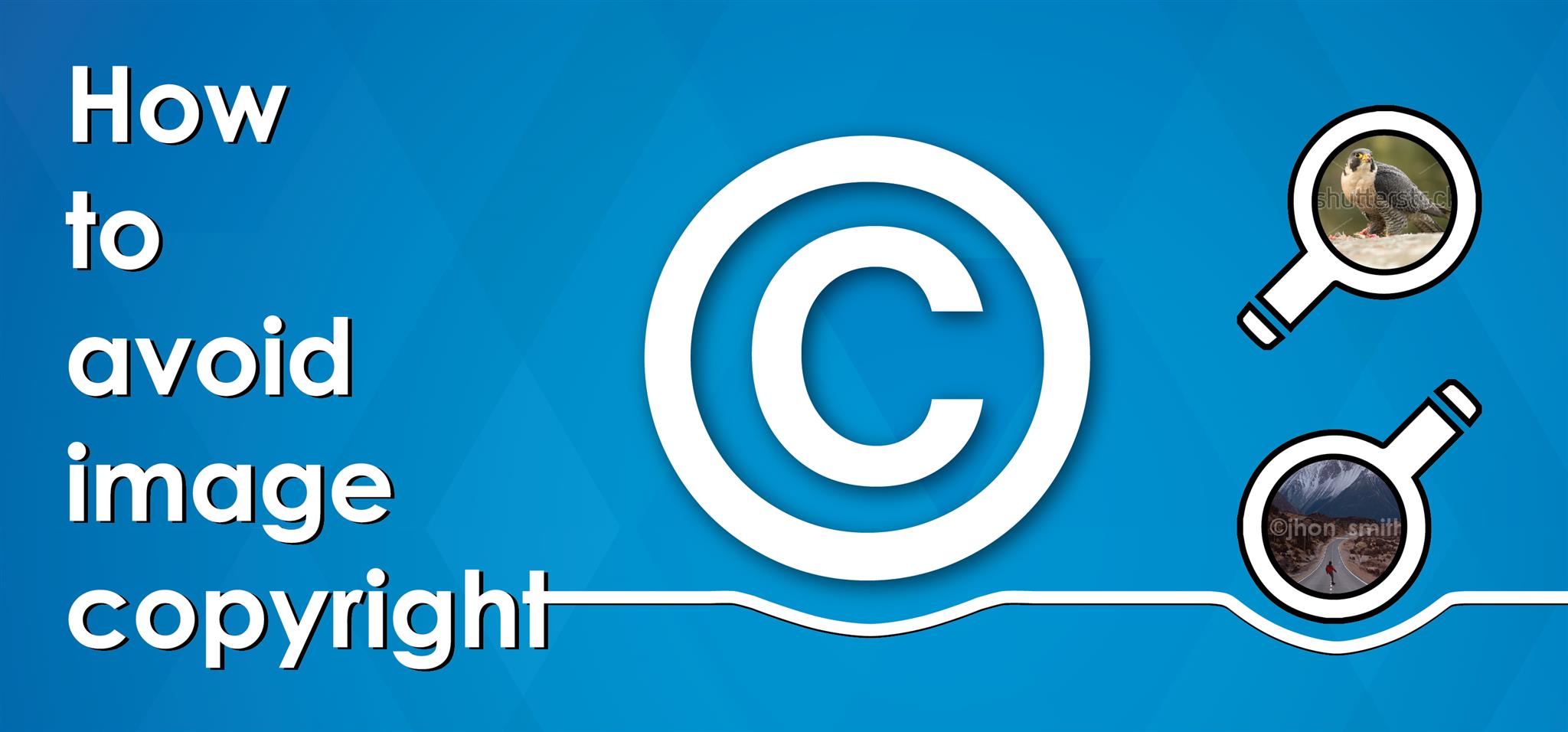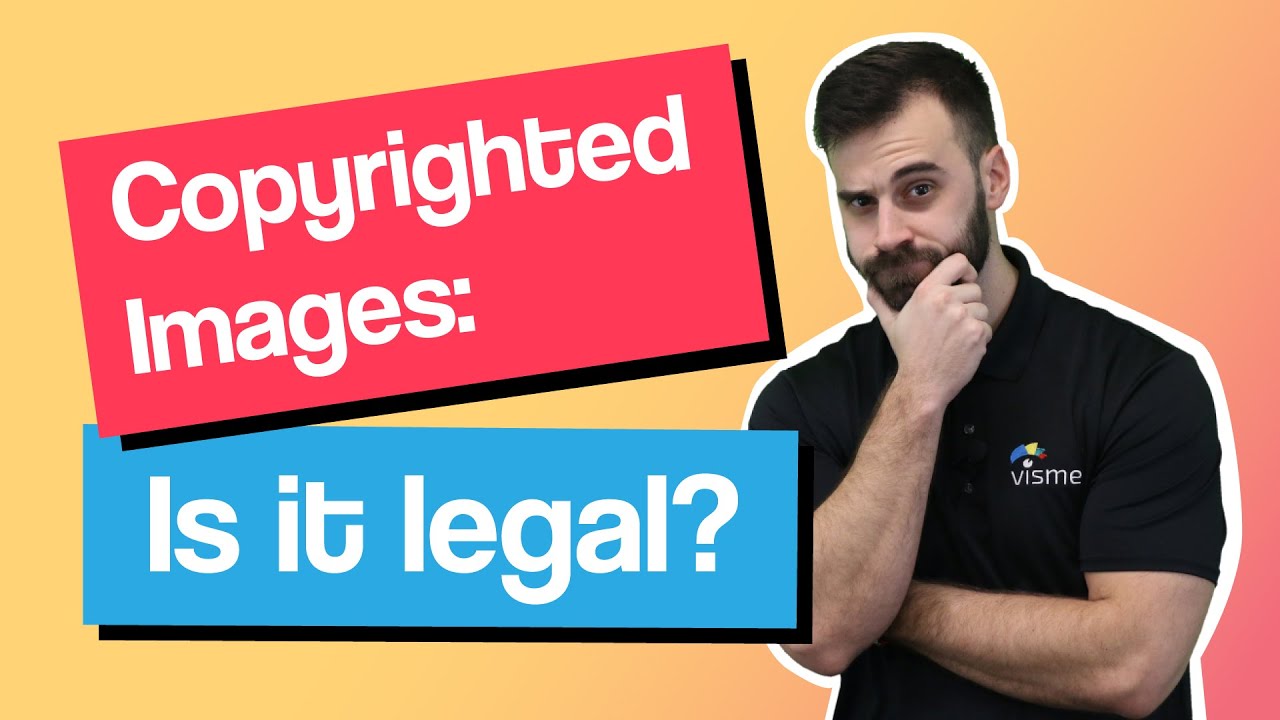Copyright and licensing play crucial roles in the world of digital content. Whether you’re a creator, a marketer, or just someone who uses images in your projects, understanding these concepts is vital for protecting your work and respecting others’ rights. Copyright is a legal framework that grants creators exclusive rights to their original work, ensuring they receive recognition and compensation. However, to use someone else's work, you need the right license. This discussion serves as a primer on copyright and licensing, especially in the context of using images from platforms like Imago Images.
Understanding Imago Images and Its Licensing Options

Imago Images is a well-known source for high-quality photos, videos, and illustrations. They offer a diverse range of content that caters to various industries, from marketing to journalism. But before you dive into using their resources, it’s essential to understand their licensing options to avoid copyright issues.
Imago Images typically provides multiple licensing options, each designed for specific needs. Here are the main types:
- Editorial License:
This license allows you to use images for non-commercial purposes, often in news articles, blogs, and educational material. It's perfect for illustrating current events or commentary.
- Commercial License:
If you plan to use images for advertising or marketing materials, this option is necessary. It grants broader rights, making it suitable for business endeavors.
- Rights Managed (RM):
This allows specific use for a limited time or purpose. Prices vary based on usage, and it's ideal for unique projects where exclusivity is critical.
- Royalty-Free (RF):
With this option, you pay once for the image and can use it multiple times without additional fees. However, there may still be some restrictions on how you can use the image.
Each type of license comes with its own set of terms and conditions, so it’s essential to read them carefully. This ensures you not only stay compliant with copyright laws but also support the creators behind the images you love. In short, knowing what license to choose is key to ensuring a smooth experience when using Imago Images. Happy browsing!
Also Read This: Enhancing Creative Projects with Imago Images for Writers
3. Types of Licensing Available on Imago Images

When it comes to using images from Imago Images, it’s crucial to understand the different types of licensing available. This ensures that you’re covered legally while also respecting the rights of the creators. Here’s a breakdown of the primary types of licenses you’ll encounter:
- Royalty-Free License:
This is one of the most flexible options. With a royalty-free license, you can use the image multiple times for various projects without worrying about additional fees. However, it’s important to note that certain restrictions might apply, such as not using the image for resale.
- Rights Managed License:
This license is a bit more complex. It allows you to use an image for specific usage outlined in the agreement, such as a particular publication or timeframe. If you decide to use the image again, you’ll need to negotiate a new license. Generally, this type of license can be more expensive but offers exclusivity.
- Extended License:
With an extended license, you get broader usage rights compared to a standard royalty-free license. This might include options to use the image in merchandise or for a larger print run, making it ideal for commercial projects.
- Editorial Use License:
If you use images for news articles, blogs, or other types of non-commercial content, this is the license for you. However, keep in mind that images under this license cannot be used for promotional or advertising purposes.
By understanding these licenses and what they permit, you can navigate the world of image usage confidently and avoid potential copyright issues.
Also Read This: Enhancing Your Marketing Campaigns with Photos from Imago Images
4. Steps to Ensure Proper Licensing
Avoiding copyright traps is easier when you have a solid system in place for ensuring proper licensing of images from Imago Images. Here are some essential steps to keep in mind:
- Identify Your Needs:
Before searching for images, determine how you'll use them. Are you publishing them online, in print, or for commercial advertising? Knowing your needs helps you select the correct licensing type.
- Read the Licensing Agreement:
Never skip this step! Take the time to thoroughly read the licensing terms associated with any image you want to use. This will outline what’s allowed and what isn’t, helping you avoid unintentional violations.
- Document Your Licenses:
Once you've purchased or downloaded an image, keep a record of the license agreement. This can serve as proof if any questions about usage arise in the future. Consider using a simple spreadsheet to log your images, their licenses, and any restrictions.
- Check for Modifications:
If you plan to edit or modify the image, confirm that your license allows it. Some licenses have strict guidelines about alterations, so this step ensures you’re compliant.
- Consult Legal Advice if Necessary:
If you’re unsure about the licensing agreements, especially for significant projects, consulting a legal expert can provide peace of mind. They can clarify any gray areas and help you navigate licensing requirements smoothly.
By following these steps, you’ll position yourself well to use images legally, ethically, and effectively, allowing you to focus on your creative work without the worry of copyright issues.
Also Read This: How Imago Images Helped a Startup Build Its Brand From Scratch
5. Common Copyright Issues and How to Avoid Them
When it comes to using images, copyright issues can crop up quite easily if you’re not careful. Understanding these common pitfalls is key to preventing potential headaches down the line.
- Using Unlicensed Images: One of the most straightforward mistakes people make is using images without the appropriate licenses. Always check the licensing details before downloading any image.
- Assuming Fair Use: Many assume that using an image for educational or non-commercial purposes falls under fair use. However, this isn’t always the case. Fair use is subjective and context-dependent, so it’s wise to err on the side of caution.
- Ignoring Image Modifications: Some licenses allow alterations, while others do not. Failing to conform to these restrictions can lead to copyright infringement. Always read the fine print!
- Failing to Credit the Photographer: Even when images are licensed correctly, some licenses require acknowledgment of the original creator. Not giving proper credit can result in legal action, so ensure you follow the licensing rules.
- Overlooking Expiration Dates: Some licenses are only valid for a limited time. If you’re using a temporary license, keep track of its expiration date to renew it or remove the image from your content.
To steer clear of these issues, remain vigilant! Before you hit that download button, always double-check the licensing agreement and ensure you’re using the image in a manner that's consistent with its terms.
Also Read This: Intraoral Images: How Often to Take a Complete Series
6. Best Practices for Using Licensed Images
To make the most of licensed images while avoiding potential copyright traps, there are several best practices you should follow. Adopting these guidelines can streamline your image sourcing process and maintain compliance.
- Always Verify Licensing: Before using an image, read its licensing agreement thoroughly. Check if it allows for commercial use, modification, and redistribution, as some licenses may have restrictions.
- Keep Records: Maintain a record of where you obtained the image, along with its licensing agreement. This will come in handy if any questions arise about your image usage in the future.
- Use Watermarks Responsibly: If you’re considering using an image that comes with a watermark, be mindful of the terms. Watermarked images often indicate that they are for preview purposes only and are not cleared for use.
- Educate Yourself: Continuously learn about copyright laws and licensing models. With so many nuances, staying informed will better equip you to navigate the world of licensed content.
- Utilize Trusted Sources: Websites like Imago Images offer a wide range of licensed images. Stick with reputable suppliers to ensure the images you're using are compliant with copyright laws.
By implementing these best practices, you’ll not only protect yourself from potential legal issues but also foster respect for creative work amongst photographers and artists. Happy licensing!
Also Read This: Why Imago Images is a Game-Changer for Stock Photography
Avoiding Copyright Issues with Proper Licensing on Imago Images
Copyright issues can arise easily in the digital age, especially when it comes to the use of images. Imago Images is a popular online platform that provides a vast collection of high-quality images for various purposes. However, it's crucial to understand the principles of copyright and licensing to avoid any legal complications. Here are the key components to keep in mind:
- Understand Licensing Types:
- Royalty-Free (RF): Allows images to be used multiple times after a one-time fee is paid.
- Rights-Managed (RM): Grants specific usage rights and is tailored to particular projects, requiring additional fees for different uses.
- Creative Commons (CC): Offers free-to-use images but often comes with specific restrictions such as attribution requirements.
- Read the License Agreement: Always read and understand the terms of the specific license attached to any image you wish to use.
- Attribution: If required, correctly attribute the image to the original creator, adhering to the guidelines specified in the license.
- Check for Updates: Licensing terms may change, so always verify the agreements before usage.
Additionally, it's wise to maintain records of your purchases or licenses for reference and compliance, especially if the images are used for commercial purposes.
By respecting copyright laws and adhering to proper licensing practices, you not only protect yourself from potential legal repercussions but also support the artists and creators behind the images you love to use.
Conclusion: The Importance of Compliance in Image Usage
In conclusion, maintaining compliance with licensing agreements on platforms like Imago Images is essential to avoid copyright issues and foster a fair creative environment for everyone involved.
 admin
admin








